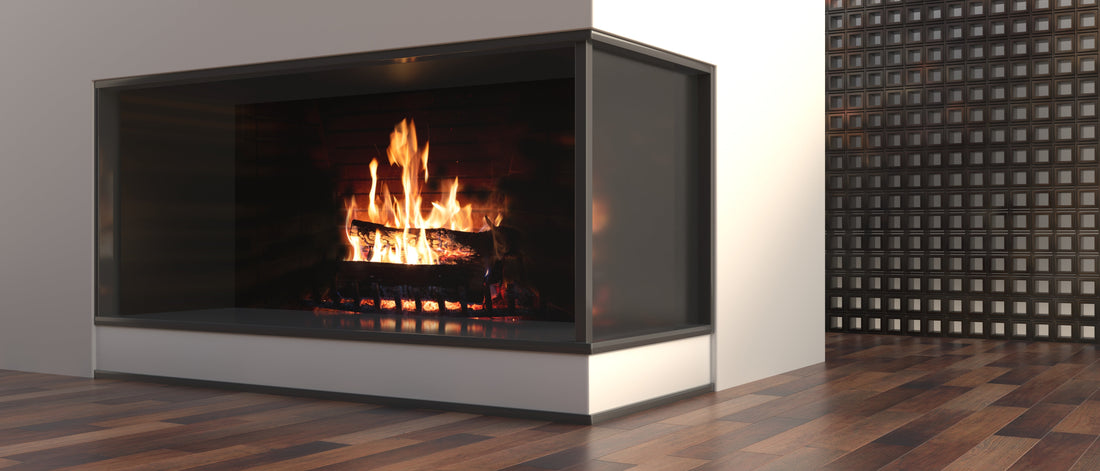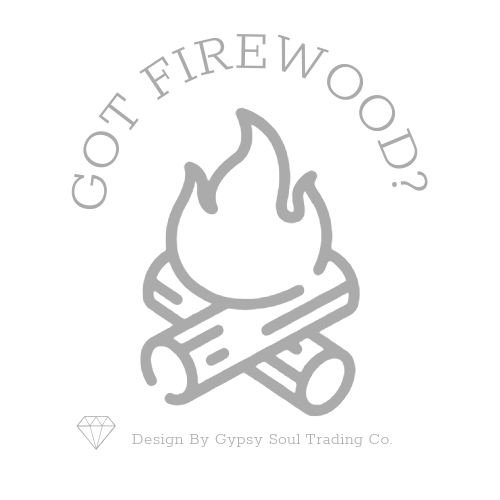
Fireplace or Wood Stove: Which is better for your home?
Share
The crackling warmth of a fire is a timeless comfort, but choosing the right appliance – a fireplace, a wood stove, or perhaps a hybrid – can be a big decision. All offer unique advantages, and the best choice depends on your individual needs, style preferences, and home design. This guide will explore the key differences between fireplaces, wood stoves, and fireplace inserts to help you make the perfect selection.
Aesthetics & Design
- Fireplaces: Often considered a classic focal point, fireplaces can be customized to match a wide range of interior styles, from traditional brick to modern minimalist designs. They offer an open view of the flames, creating a cozy and inviting ambiance.
- Wood Stoves: Wood stoves tend to have a more rustic or contemporary look. While they may not offer the same level of design flexibility as a custom fireplace, many models are available in various finishes and styles to complement your décor.
- Fireplace Inserts: Fireplace inserts offer a blend of aesthetics and efficiency. They fit directly into your existing fireplace opening, transforming it into a powerful heat source while often providing a more modern look with a glass door.
Heating Efficiency
- Fireplaces: Traditional open fireplaces are not known for their heating efficiency. Much of the heat escapes up the chimney. However, newer fireplace inserts and sealed fireplaces with glass doors can significantly improve heat output.
- Wood Stoves: Wood stoves are generally more efficient at heating than traditional fireplaces. They are designed to radiate heat into the room and control airflow for a longer, more consistent burn.
- Fireplace Inserts: Fireplace inserts are designed for high heating efficiency. They maximize heat output by containing the fire and directing heat into the room, often significantly improving the performance of an existing fireplace.
Installation & Cost
- Fireplaces: Installing a fireplace can be more complex and costly, especially if it requires building a chimney. Existing fireplaces can be upgraded with inserts or sealed units.
- Wood Stoves: Wood stoves are typically easier and less expensive to install, often requiring only a stovepipe and a suitable hearth.
- Fireplace Inserts: Installing a fireplace insert involves some retrofitting of the existing fireplace, but it's generally less complex and costly than building a new fireplace.
Fuel & Maintenance
- Fireplaces: Fireplaces can burn either wood or gas (with a conversion kit). Cleaning involves removing ashes and creosote buildup.
- Wood Stoves: Wood stoves primarily burn wood. Similar to fireplaces, regular cleaning and maintenance are essential for safe and efficient operation.
- Fireplace Inserts: Fireplace inserts primarily burn wood. Maintenance is similar to a wood stove, requiring regular ash removal and chimney inspections.
Safety Considerations
- Fireplaces: Open fireplaces pose a higher risk of sparks and embers escaping. Proper fireplace screens and regular chimney cleaning are crucial.
- Wood Stoves: Wood stoves are generally safer than open fireplaces, as the fire is contained within the stove. However, it's still important to follow safety guidelines and ensure proper ventilation.
- Fireplace Inserts: Fireplace inserts offer improved safety compared to open fireplaces, as the fire is contained behind a glass door. Regular maintenance and proper installation are still essential.
The choice between a fireplace, a wood stove, or a fireplace insert will always be a personal decision. Consider your priorities in terms of aesthetics, heating efficiency, budget, and lifestyle. All will bring years of comfort and peace of mind in the winter time.
No matter your method of heating your home we recommend providing your firewood supplier with a few very important details when you place your order.
- Size Restrictions or Considerations: Can your fireplace, stove or insert accommodate lengths around what we normally provide, around 16" - 18" inches in length? Who is going to primarily be feeding your fire, can they handle larger pieces safely during hazardous weather?
- Storage: Do you have a storage solution for your order already in use? Will it adequately hold the amount you have ordered? Ideally we would encourage you to steer clear of storing your new firewood directly on the ground, moisture and pests can damage your firewood.
-
Delivery: If the delivery driver is utilizing a standard full size Pickup truck with a Trailer, what challenges need to be overcome in order to insure your firewood is delivered and stacked in the exact location you desire?
- Will they be able to pull through, unload and depart in one single direction? Will they need to back in or out of the space, or is there room to turn around either before or after unloading?
- Provide an estimate on how far your order might need to be carried if there is no direct access to your storage location.
- Do not forget to provide any GATE CODES in advance, or requests to close open gates.
- Please let us know if you have any pets that will be present during your delivery and any important information about them that will help keep your delivery drivers and your pets safe.
